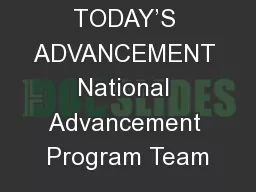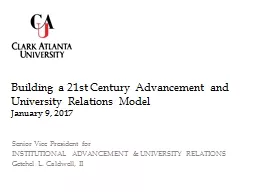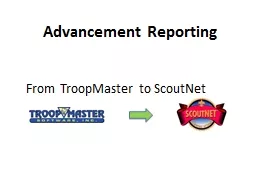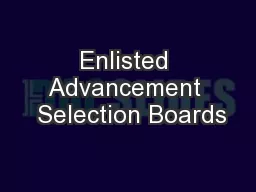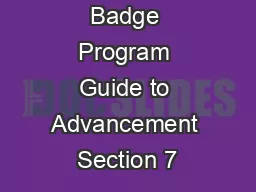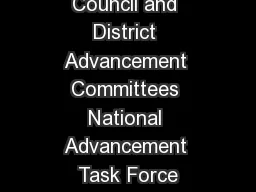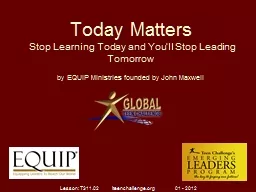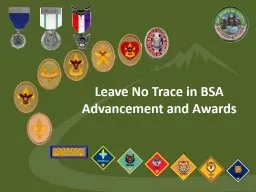PPT-TODAY’S ADVANCEMENT National Advancement Program Team
Author : danika-pritchard | Published Date : 2018-09-17
Expiration Date This presentation is not to be used after December 31 2018 Introduction 1000 Current edition of Guide To Advancement GTA is the official source
Presentation Embed Code
Download Presentation
Download Presentation The PPT/PDF document "TODAY’S ADVANCEMENT National Advanceme..." is the property of its rightful owner. Permission is granted to download and print the materials on this website for personal, non-commercial use only, and to display it on your personal computer provided you do not modify the materials and that you retain all copyright notices contained in the materials. By downloading content from our website, you accept the terms of this agreement.
TODAY’S ADVANCEMENT National Advancement Program Team: Transcript
Download Rules Of Document
"TODAY’S ADVANCEMENT National Advancement Program Team"The content belongs to its owner. You may download and print it for personal use, without modification, and keep all copyright notices. By downloading, you agree to these terms.
Related Documents

